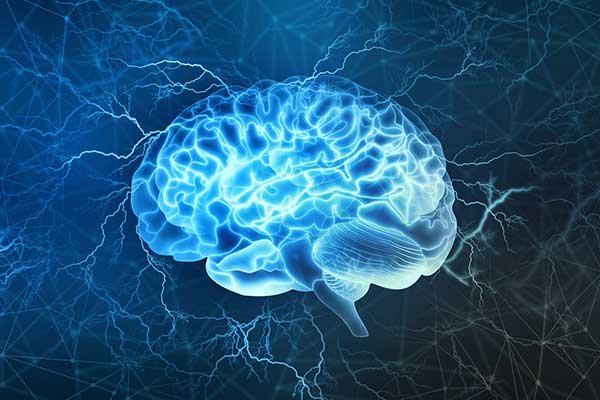Covering Faces Around Kids Won’t Mask Emotions According To A Study. The proliferation of face coverings to keep COVID-19 in check isn’t keeping kids from understanding facial expressions, according to a new study by University of Wisconsin-Madison psychologists. The study showed more than 80 children, ages 7 to 13, photos of faces displaying sadness, anger, or fear that were unobstructed, covered by a surgical mask, or wearing sunglasses. The kids were correct about the uncovered faces as often as 66 percent of the time, well above the odds (about 17 percent) of guessing one correct emotion from the six options. With a mask in the way, they correctly identified sadness about 28 percent of the time, anger 27 percent of the time, and fear 18 percent of the time.
New Drug Inhibits the Growth of Cancer Cells

A newly developed compound starves cancer cells by attacking their “power plants” — the so-called mitochondria. The new compound prevents the genetic information within mitochondria from being read. Researchers from the Max Planck Institute for Biology of Ageing in Cologne, the Karolinska Institute in Stockholm, and the University of Gothenburg report in their study that this compound could be used as a potential anti-tumour drug in the future, not only in mice but also in human patients. “Our data suggest that we basically starve cancer cells into dying without large toxic side effects, at least for a certain amount of time. This provides us with a potential window of opportunity for treatment of cancer,” says Nina Bonekamp, one of the lead authors of the study.
How Our Brains Track Where We and Others Go


A new UCLA study revealed how your brain navigates places and monitors someone else in the same location. Published December 23, 2020, in Nature, the findings suggest that our brains generate a common code to mark where other people are in relation to ourselves. In the experiment, each patient wore a specially developed backpack and was instructed to explore an empty room, find a hidden spot, and remember it for future searches. While they walked, the backpack recorded their brain waves, eye movements and paths through the room in real time. As the participants searched the room, their brain waves flowed in a distinctive pattern, suggesting that each person’s brain had mapped out the walls and other boundaries. Interestingly, the patients’ brain waves also flowed in a similar manner when they sat in a corner of the room and watched someone else approach the location of the hidden spot. The finding implies that our brains produce the same pattern to track where we and other people are in a shared environment.

